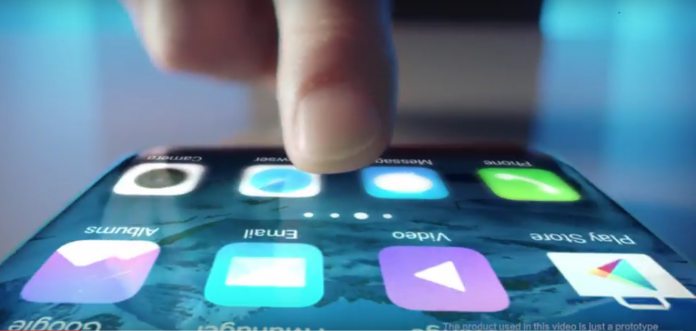Qualcomm previously displayed its technology for under-screen finger reading tech as Mobile World Congress (MWC) back in March. Now, Chinese company Vivo has become the first to implement the technology into a handset. Vivo is among the Chinese companies that thrives on delivering super-spec’d hardware, even if quality sometime lacks. The company has released a video to show how the under-screen fingerprint tech has been implemented in is new XPlay 6 smartphone. Qualcomm uses technology called piezoelectrics to get fingerprint technology baked into a screen. Piezoelectrics sends ultrasonic waves to the display glass to read fingerprints. Many phones are waterproof these days, so the technology also works with wet fingers.
In a press release, Qualcomm says its technology works on Snapdragon powered devices and beyond: “Qualcomm Fingerprint Sensors are designed as both an integrated solution with Qualcomm Snapdragon Mobile Platforms, and as standalone sensors that can be used with other non-Snapdragon Platforms. Qualcomm Fingerprint Sensors for Glass and Metal are designed to be compatible with the recently announced Snapdragon 660 and 630 Mobile Platforms, and Qualcomm Fingerprint Sensors for Display, Glass and Metal are designed to be compatible with future Snapdragon Mobile Platforms and non-Snapdragon platforms.”
Changing Tech
It’s certainly no surprise that fingerprint scanners are moving to become in-screen. Buttons have been a good way for the start of the technology, they have also highlighted limitations. Many manufacturers have placed their sensors on the rear of the device and in Sony’s case on the side. These placements are not always ideal for one handed use. Apple, the company that brought the fingerprint reading idea to the masses, is said to be including in-screen sensors in its iPhone 8. Smartphone makers are increasingly turning to all-screen devices, so expect to see Qualcomm’s technology become common on Snapdragon powered handsets.




